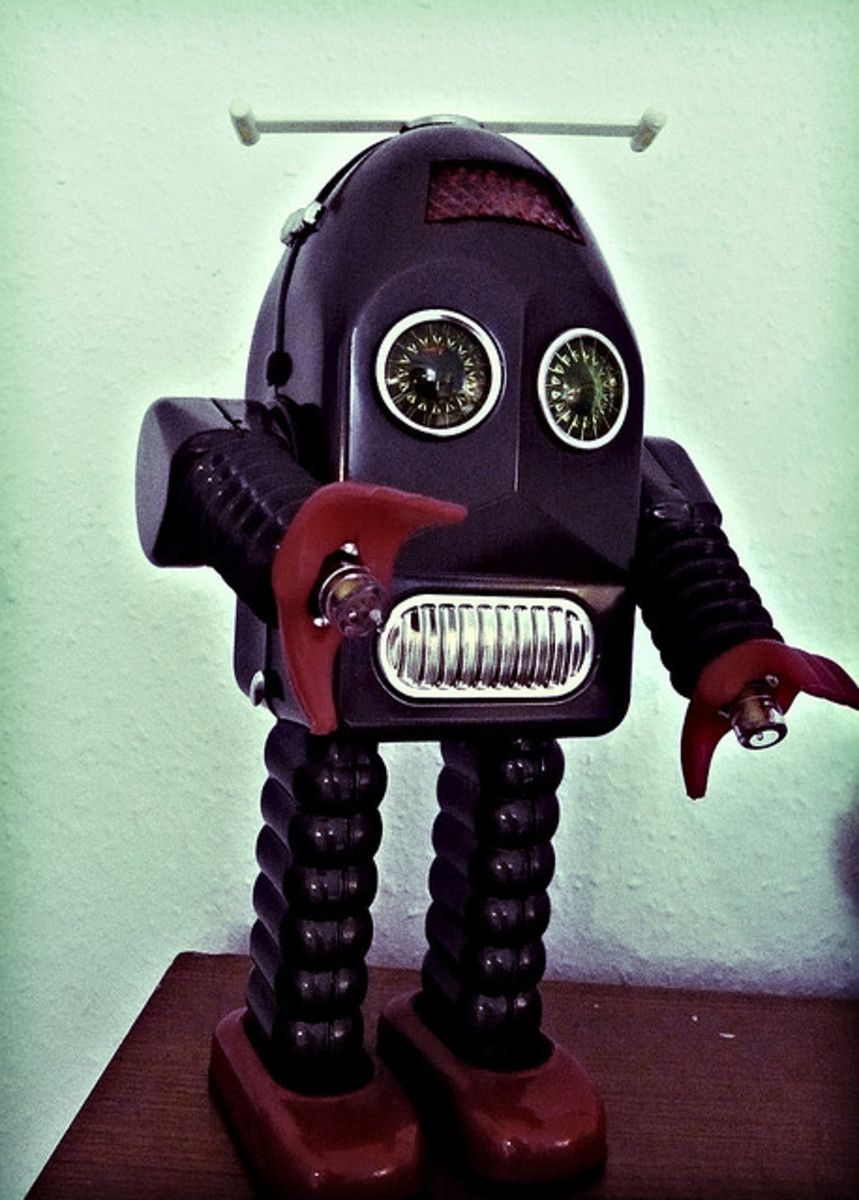Will computers replace human teachers?
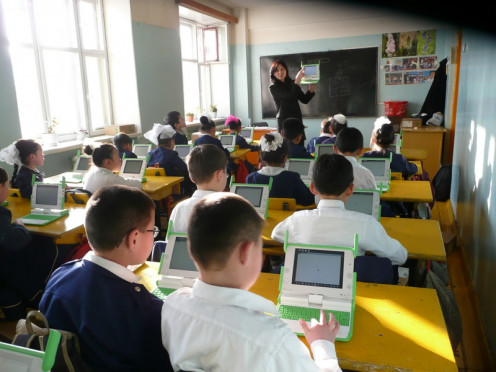
Will computers replace teachers?
Being the first Friday of September yesterday, we celebrated Teacher's Day in Singapore. Students arm themselves with flowers, little gifts and well-deserved tributes.
This special day makes one think about how technology will affect our tributes to our favorite gurus in future. With advancing computer and internet technology, computers are fast replacing human teachers.
This possibility leaves us asking the following questions. Would you prefer humans or computers to teach you? Will computers put human teachers out of a job?
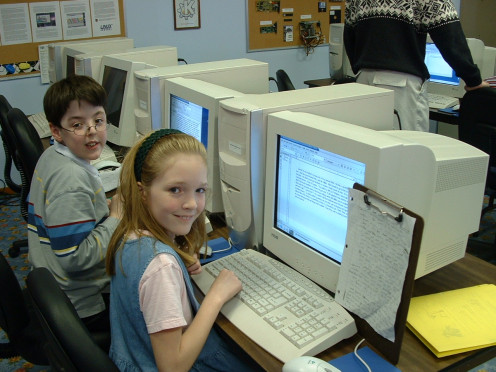
A. Why Computers Make Great Teachers
Computers make wonderful teachers for varying reasons. With computer technology advancing each day, they are becoming increasingly indispensable.
1. They provide instant access to information.
After all, access to information is instant with a computer. Everyone is looking to them for knowledge each day. Why shoukd young millennials be any different?
2. Computers tailor the pace of learning to each student.
Further, students these days learn more with the help of computers. One can learn at one's own pace and take breaks when needed.
3. They can concentrate on instruction.
Then, computers are not bound by administrative needs like human teachers are. They can concentrate completely on instruction.
Such complete attention makes them more effective.
4. Computers can teach concepts just as well or better.
To add, with interactive learning platforms available these days, computers teach learners just as well as human teachers do, or better.
5. Computer-based learning is suitable for the inquisitive and self-motivated.
Moreover, computer-based learning gives learners a head start. It helps young preschoolers learn faster than before.
It helps those with curious minds learn concepts faster.
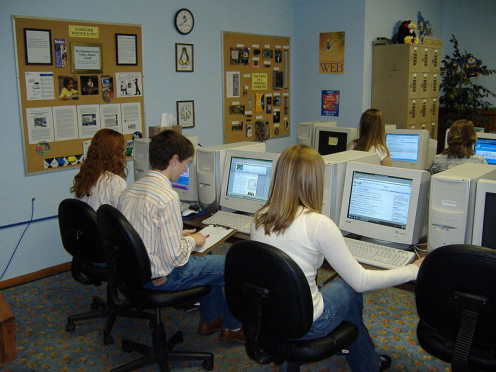
B. Why we must have human teachers
The need for human teachers, however, will always exist. We still need someone to ground students in the fine art of humanity.
1. They enable social interaction.
One aspect of this art is social interaction. A student isolates himself from others when in front of a computer, with no reason to socialize.
Unless he is interacting with others on social media platforms, there is limited socialization. Even if his interactions take place via a computer, he needs a teacher to teach him social skills.
2. They help students manage emotions.
Another essential part of socialization is emotional management.
While a computer may teach a student anger management theoretically, it cannot do so on the spot.
Picture a student saying, in front of someone who has insulted him, "Please wait. I need to read what's on my computer before I hit you in the face."
3. Teachers provide discipline.
Further, computers cannot nip behavioral problems in the bud the way a human being can.
Would a computer stop a running student in the hall and say "Go back to class?"
4. They give moral guidance.
If all the above suggestions are not convincing, teachers give moral guidance.
While moral and religious valued flood the internet, it takes another human to help with the implementation.
Using Computers in the Classroom
C. How to integrate computer technology into the classroom
We cannot do without teachers, nor can we dispense with computers. The key, for classroom teaching, is to integrate both.
This is where teachers step forward. They can own the computer and make them helpful learning tool for themselves and their students.
These days, technology has a firm place in schools. For beginning teachers and those less familiar, here is how to make computers part of the classroom.
1. Decide which syllabus topic lends itself to technology.
The first order of business is to decide which part of your syllabus allows you to teach it with technology.
It is not necessary to use it in all cases. It is hard to teach voice projection or poetry recitation with a video demonstration on Youtube alone.
Students need a physical demonstration of the nuances of speech.
2. Find out what technology you can use.
Then, find out what technology is available.
I find Comic Life, at comiclife.com, a boon for Language teachers. It is suitable for teaching sequences in a story. The teacher captures a story in frames, using photos. She then uses each frame to explain what happens in each part of the story.
3. Find out the technological constraints of your students.
Not every student has access to a computer or knows how to use disk drives. Those who do need to acquaint themselves with new applications.
4. Cater the topic to computer technology.
The next step is to make the activity computer-friendly.
Find our which part of the lesson you can teach with a Powerpoint presentation or a Youtibe video.
5. Create a computer-based assignment.
The teacher can create a computer-based assignment related to the activity.
Students may create a multimedia presentation with Powerpoint or Youtube. They may even animated characters via sites such as Xtranormal.com.
The young ones can also do photo collages online, with help of sites such as Fotor.
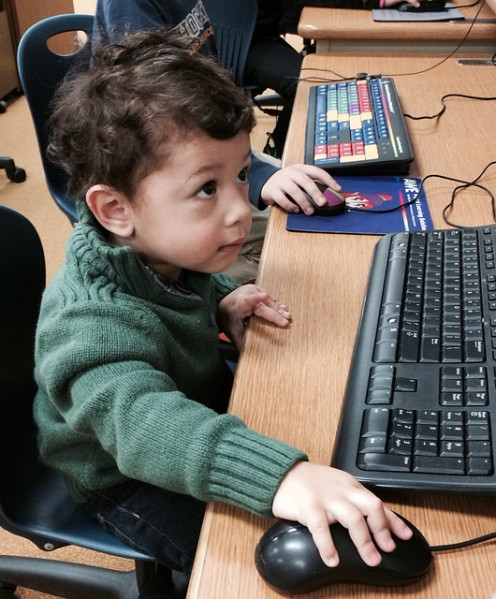
D. Will computers replace teachers?
The short answer is no, as teachers are an essential, human element of learning.
But computer technology will enhance teaching quality if integrated and harnessed properly.
- Mastering the Art of Storytelling
How do we tell a compelling story to adults and children? - Is integrating children with special needs in mainst...
An article on the benefits of including children with special needs in mainstream schools, and things to consider when doing so. - A teacher’s voice - challenging, hilarious, touchi...
Being a teacher has its challenges, and its funny yet heartwarming moments. - Ways to make literature learning exciting for your o...
Ways to make literature learning exciting for your older child:strategies for teachers and parents

